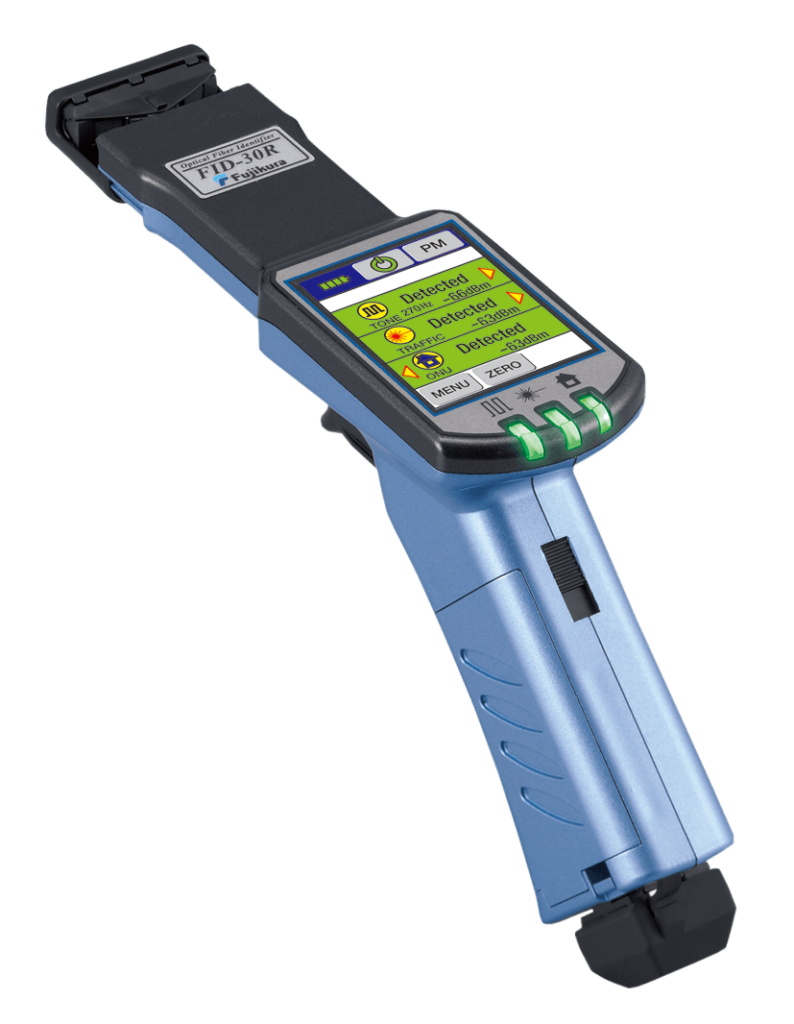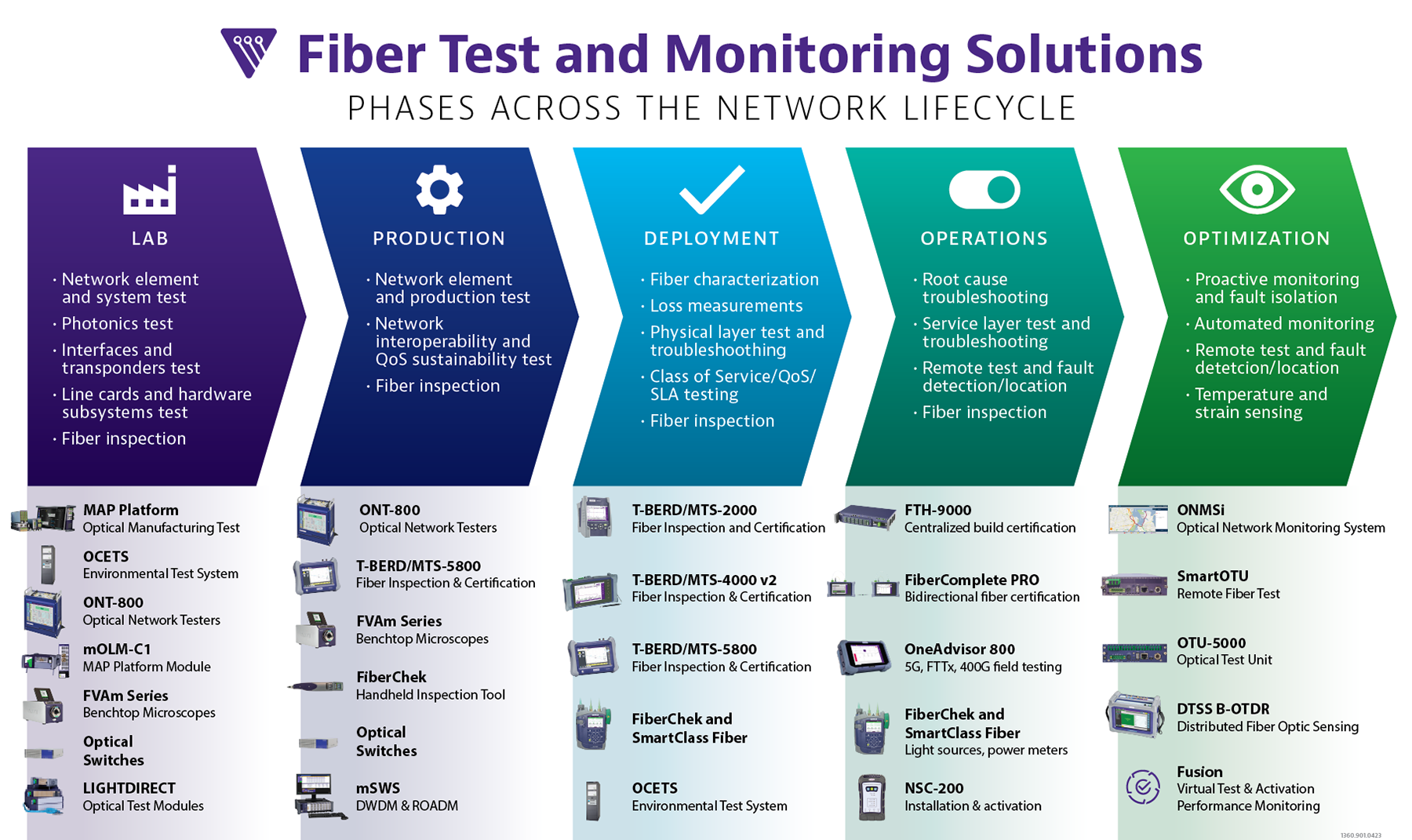Find the Top Optical Fibre Diameter Analyser for Your Business
Find the Top Optical Fibre Diameter Analyser for Your Business
Blog Article
Optimize Your Fibre Optic Performance: Understanding Optical Fibre Size Analyser Innovation
The performance of fiber optic systems is seriously affected by the precision of their diameter, an aspect usually overlooked in the search of ideal signal honesty. Comprehending the modern technology behind optical fiber size analysers discloses the intricate balance between measurement accuracy and manufacturing high quality.
Importance of Optical Fibre Diameter
The size of optical fiber plays a vital role in identifying the efficiency and performance of interaction systems. On the other hand, smaller sizes have a tendency to sustain fewer settings, which can enhance signal clarity and decrease crosstalk.

In addition, comprehending the size's ramifications can cause set you back financial savings by lowering the requirement for signal amplification and repeaters in considerable networks (optical fibre diameter analyser). To conclude, the significance of optical fiber size can not be overemphasized, as it straight impacts the overall effectiveness and reliability of modern interaction systems

Just How Diameter Influences Signal Quality
Signal quality in optical fibre systems hinges substantially on the diameter of the fibre. A smaller diameter can lead to greater depletion prices, resulting in signal loss as light travels via the fibre.
Conversely, bigger diameters usually permit for enhanced light capture and minimized modal dispersion, boosting signal clarity. In multimode fibers, a bigger core diameter can support numerous light modes, but it may likewise present intermodal dispersion, which can degrade signal high quality. Consequently, picking the ideal fibre diameter is critical for accomplishing the preferred performance in specific applications.
Additionally, the communication between the fiber size and the wavelength of the light used plays an important role in establishing the efficient transmission distance and general signal integrity. Comprehending exactly how fibre size affects signal high quality is necessary for network designers and engineers making every effort to enhance optical fiber systems for reputable, high-speed data transmission.
Review of Diameter Analyser Technology
In many optical fiber production processes, precise dimension of fibre size is vital for guaranteeing regular performance and top quality (optical fibre diameter analyser). Size analysers are sophisticated tools designed to assess the physical dimensions of optical fibers with high accuracy. They utilize sophisticated optical and laser innovations to gauge the size, ovality, and concentricity of the fiber, therefore offering critical information for quality assurance
These analysers can operate in-line throughout the production procedure or as part of off-line testing protocols. In-line systems make it possible for real-time tracking, permitting makers to readjust parameters right away, therefore maintaining optimum production problems. Off-line analysers, on the other hand, provide comprehensive examinations of batches, making sure that any inconsistencies from specified resistances are recognized and addressed.
Diameter analysers considerably add to the reduction of issues in optical fibres, boosting total product integrity. By regularly gauging crucial criteria, these technologies promote compliance with sector standards and requirements. As the need for high-performance optical fibers proceeds to climb, the role of diameter analysers becomes significantly important in attaining the wanted top quality and efficiency criteria in fiber optic systems.
Key Functions of Fibre Size Analysers
Although numerous versions of fiber size analysers exist, they typically share numerous key attributes that enhance their performance and reliability. One of one of the most substantial features is high-resolution measurement capabilities, which make certain exact diameter analyses, crucial for preserving high quality control in fiber manufacturing. Furthermore, several analysers incorporate advanced optical sensors made to find minute variants in fibre size, therefore supplying important information for process optimization.
An additional important attribute is real-time tracking, permitting drivers to obtain immediate responses on fiber size throughout the production process (optical fibre diameter analyser). This capacity assists in quick modifications and decreases the chance of flaws. Lots of analysers likewise come outfitted with user-friendly interfaces, allowing operators to easily browse via settings and information outcomes
In addition, durable data storage and analysis performances are crucial for tracking historical performance patterns and making certain conformity with industry standards. Some models also supply connection options for combination right into existing production control systems, boosting overall operational effectiveness. Last but not least, mobile and compact designs permit for versatile deployment within manufacturing settings, making sure that quality control processes are seamless and reliable. These features jointly add to the efficacy of fiber diameter analysers in optimizing fiber optic efficiency.
Finest Practices for Fibre Optimization

First, normal calibration of optical fiber size analysers is necessary. This guarantees precise measurements and lessens possible discrepancies that might affect performance. Next off, maintaining a tidy working setting is crucial; dirt and contaminants can bring Go Here about indicate destruction.
Furthermore, it is necessary to choose fibers that fulfill certain application requirements. This includes evaluating aspects such as depletion, bandwidth, and environmental problems. Proper installation techniques ought to likewise be stuck to, consisting of staying clear of sharp bends and excessive tension, which can endanger fibre stability.
Moreover, using innovative monitoring systems can facilitate real-time performance assessments, making it possible for punctual identification of concerns. Regular screening and upkeep ought to be carried out to make certain that fibres continue to be within optimum functional specifications.
Last but not least, training workers on the most recent fiber optimization innovations and methods will certainly enhance their capability to carry out effective techniques. By complying with these ideal methods, organizations can dramatically boost the performance and more helpful hints life-span of their optical fiber systems, making certain effective interaction and data transfer.
Conclusion
Finally, the assimilation of optical fibre diameter analyser technology is critical for making best use of fiber optic performance. By making certain specific dimensions of fiber dimensions, these analysers dramatically enhance signal top quality web and decrease losses during data transmission. Regular calibration and upkeep of the analysers are important to support optimum efficiency and compliance with industry requirements. Eventually, the application of this modern technology helps with improved data transmission prices and reinforces signal stability, contributing to the overall efficiency of fiber optic systems.
Signal high quality in optical fibre systems pivots considerably on the size of the fibre.In lots of optical fiber production processes, exact measurement of fibre size is important for making certain constant efficiency and high quality. As the need for high-performance optical fibers proceeds to climb, the role of size analysers becomes progressively crucial in attaining the desired top quality and efficiency standards in fibre optic systems.
These attributes collectively add to the efficiency of fiber diameter analysers in maximizing fiber optic performance.
In final thought, the combination of optical fibre diameter analyser innovation is critical for making the most of fibre optic performance.
Report this page